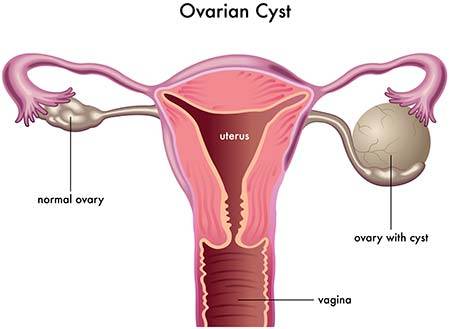Preventive removal of ovaries can reduce the risk of ovarian cancer by up to 90% in high-risk women. The Main reason why actress Angelina Jolie decided to do it. However, there are some risks of removing these organs.
Among the immediate risks of prophylactic oophorectomy , as it is called surgery that removes the ovaries and fallopian tubes , are infections, intestinal obstruction and injuries to internal organs, according to experts
But there are other risks of removing the ovaries that are more complicated. Here are some of them.
1. Scar tissue formation
It happens more often when the surgery is done by abdominal incision . The scar is a fibrous tissue of collagen that replaces the injured skin, which can be very painful .
2. Fatigue
It occurs for three or four weeks after surgery by laparoscopy , and possibly up to six weeks if the procedure was by a wider abdominal incision .
3. Anxiety and depression
Even if you do not plan to have children, it is possible that emotional costs are generated by the loss of fertility . Even there are those who come to feel less feminine.
4. Changes in the digestive system
These include lack of appetite , less frequent bowel movements and the need to eat smaller portions of food.
5. Early menopause
Because the ovaries are the ones that supply large amounts of hormones , women who are not yet through menopause can naturally experience their symptoms, such as severe hot flashes, mood swings, and vaginal irritation.
6. Thinning of the bones
Eliminating the ovaries reduces the amount of estrogen that builds bones, which increases the chances of fractures and osteoporosis .
7. Diseases of the heart
According to the Mayo Clinic experts , the risk of heart disease increases when the ovaries are removed.
It’s not for everyone
The prophylactic oophorectomy is usually reserved for women with a significantly increased risk of breast cancer and ovarian cancer because of an inherited mutation in the gene BRCA1 or BRCA2, experts say the institution.
For this year the calculations of the American Cancer Society indicate that, in the United States alone, about 21,290 women will be diagnosed with ovarian cancer . And about 14,180 will die.














